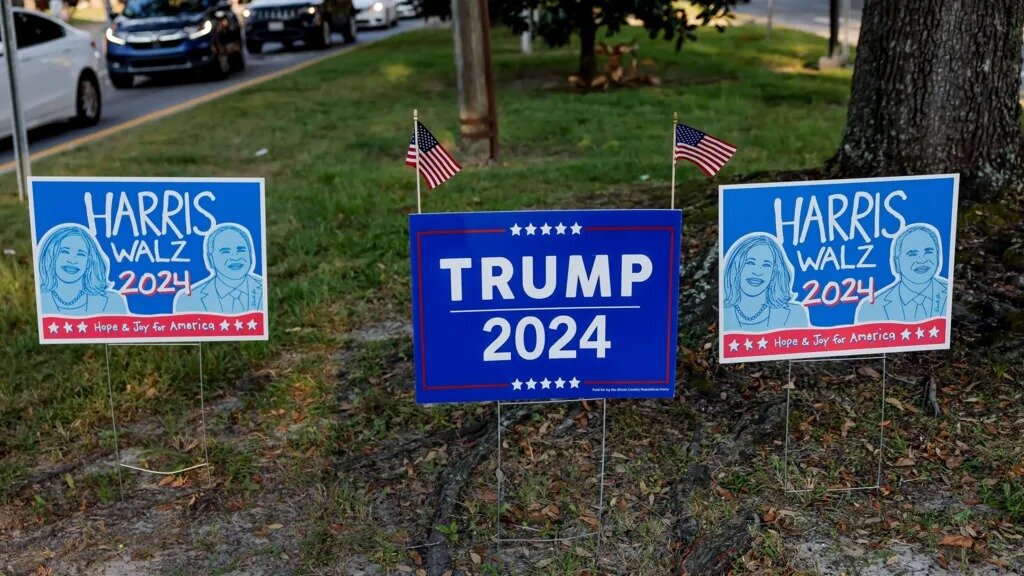Donald Trump has pledged to significantly raise tariffs on foreign goods if he secures another term as president. His proposed tariffs include rates of up to 20% on various imports and an eye-popping 60% on all goods from China, with some imported cars facing potential tariffs as high as 200%.
For Trump, tariffs are a cornerstone of his economic strategy, viewed as a means to bolster the U.S. economy, protect American jobs, and increase tax revenue. He asserts that these tariffs will not burden American consumers but will primarily impact foreign countries. However, many economists consider this claim to be misleading.
Understanding Tariffs
In practical terms, a tariff is a tax imposed on imported goods, calculated as a percentage of the goods’ value. For instance, a car valued at $50,000 subject to a 10% tariff would incur a $5,000 charge. This tax is paid by the domestic company that imports the product, not the foreign exporter, meaning it effectively becomes a direct cost for U.S. firms.
In 2023, the U.S. imported approximately $3.1 trillion worth of goods, amounting to around 11% of the nation’s GDP. In 2022, the U.S. saw significant imports across various sectors, as illustrated in the table below:
| Goods | Value |
|---|---|
| Crude petroleum | $199 billion |
| Cars | $159 billion |
| Broadcasting equipment | $116 billion |
| Computers | $108 billion |
| Packaged medicaments | $91 billion |
| Motor vehicle parts and accessories | $88 billion |
| Refined petroleum | $82 billion |
| Vaccines, blood, antisera, toxin | $70 billion |
| Office machine parts | $60 billion |
| Integrated circuits | $35 billion |
Source: OEC
Tariffs imposed on these imports generated approximately $80 billion in revenue in 2022, constituting roughly 2% of total U.S. tax revenues.
Economic Burden of Tariffs
The true economic impact of tariffs is more complex than just the immediate tax. If the cost of tariffs is passed on to consumers, it is the U.S. buyer who ultimately shoulders the economic burden through increased prices. Conversely, if the importing firm absorbs the tariff costs, it may see a reduction in profits. In some cases, foreign exporters may lower their wholesale prices to maintain competitiveness in the U.S. market, shifting the burden to their bottom line.
Research on the tariffs implemented during Trump’s first term from 2017 to 2020 indicates that consumers bore most of the burden. A September 2024 survey by the University of Chicago revealed that only 2% of economists disagreed with the notion that tariffs significantly affect domestic consumers through price hikes.
Case Study: Washing Machine Tariffs
A notable example occurred in 2018 when Trump introduced a 50% tariff on washing machines. Following this, prices for these appliances rose by approximately 12%, translating to an additional $86 per unit and costing American consumers an estimated $1.5 billion annually. Given this precedent, it’s reasonable to expect that even higher tariffs under a future Trump administration could similarly impact consumer prices.
The non-partisan Peterson Institute for International Economics predicts that Trump’s proposed tariffs could decrease incomes for Americans, with losses ranging from 4% for the lowest income bracket to 2% for the wealthiest. A typical middle-income household could face a reduction of about $1,700 per year, while estimates from the Centre for American Progress suggest losses could range from $2,500 to $3,900.
Employment Implications
Trump has also argued that his tariff policies will protect and create American jobs. He claims, “Under my plan, American workers will no longer be worried about losing your jobs to foreign nations.” This assertion taps into long-standing concerns about U.S. manufacturing jobs being outsourced, especially following trade agreements like NAFTA and China’s entry into the World Trade Organization.
However, economists caution against attributing the decline in manufacturing jobs solely to trade policies, pointing out that automation has played a significant role. Studies examining the impact of tariffs during Trump’s presidency found no substantial positive effects on employment within protected industries. For instance, the steel sector, which faced a 25% tariff in 2018, saw employment numbers drop from 84,000 in 2018 to 80,000 by 2020, indicating that tariffs may not have produced the desired job security.
Trade Deficit Concerns
Trump has frequently criticized the U.S. trade deficit, which reflects the imbalance between imports and exports. Despite imposing tariffs, the trade deficit increased from $480 billion in 2016 to $653 billion in 2020. Economists attribute this to the tariffs raising the U.S. dollar’s value, making American products less competitive globally, and allowing for tariff evasion through multinational supply chains. For example, the Trump administration imposed 30% tariffs on Chinese imported solar panels in 2018, but manufacturers shifted operations to countries like Malaysia to bypass these tariffs.
While some economists support Trump’s tariff approach as a means to strengthen U.S. industries, they represent a minority view. Others argue that tariffs could encourage domestic manufacturing, offering national defense and supply chain security benefits.
The Biden-Harris administration, while critical of Trump’s tariff extensions, has retained many implemented tariffs and introduced new ones on items like electric vehicles from China, citing national security and domestic industry support as justifications.
In summary, while Trump’s proposed tariff increases are framed as a strategy to revitalize the U.S. economy, their real-world implications—on consumer prices, employment, and trade balances—remain contentious and warrant careful consideration.




